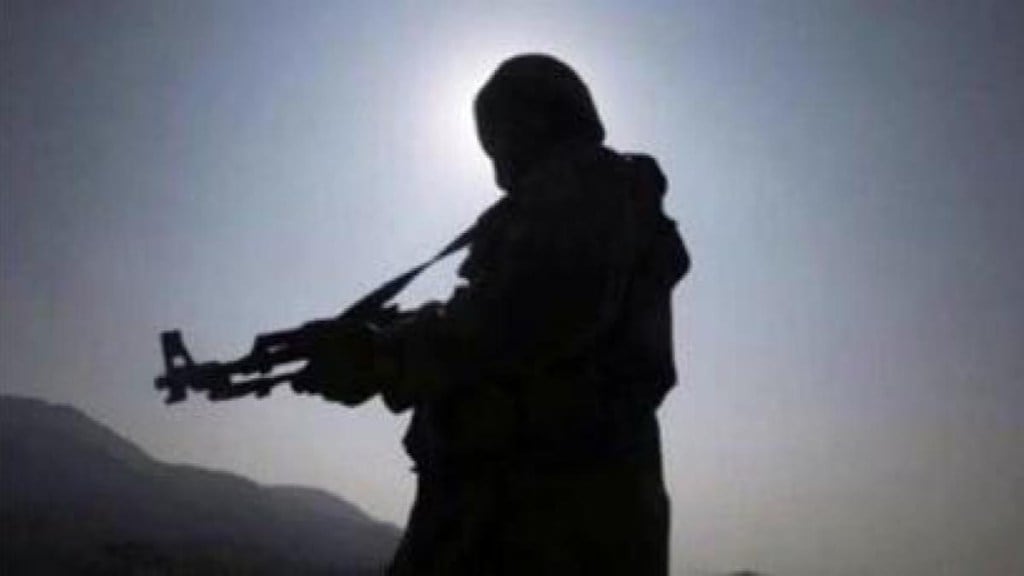By Manish Shukla
The series of terrorist attacks in Jammu has heightened concerns for security agencies. Multiple rounds of meetings have been held from Delhi to Jammu and Kashmir to discuss security, and investigations are underway to determine the routes used by terrorists involved in recent attacks. On one hand, strategies are being developed to prevent terrorist attacks, while on the other hand, intelligence agencies are gearing up to thwart any plans of terrorists attempting to infiltrate the country from across the border.
Army Chief General Upendra Dwivedi visited Jammu on Saturday and held a high-level meeting with all security agencies, including top officers from Jammu and Kashmir Police, Border Security Force, and intelligence agencies. The meeting aimed to improve coordination among agencies to take action against terrorist attacks and their supporters.
In recent months, there has been a surge in terrorist activities across the border, with several groups spotted at launching pads. According to reports from central intelligence agencies, terrorist organizations such as Lashkar-e-Taiba, Jaish-e-Mohammed, and Hizbul Mujahideen are waiting for an opportunity to infiltrate Jammu and Kashmir. These groups comprise foreign terrorists as well.
The intelligence reports indicate that terrorists are attempting to enter Indian territory through the Jammu border and the Line of Control. The recent spate of terrorist attacks in Jammu aims to put pressure on the Indian Army from two fronts. The Army is strengthening its surveillance along the Line of Control while coordinating with the Border Security Force (BSF) to thwart any infiltration attempts by terrorists in Jammu.
Recent intelligence reports reveal that terrorist handlers are directly overseeing the training of militants in terrorist camps, gearing them up for infiltration. These terrorists are receiving training in weaponry and combat tactics, enabling them to launch large-scale attacks on security forces in Jammu and Kashmir. Notably, some of the identified launching pads are situated near the Line of Control. Additionally, experienced guides familiar with the border routes have been assigned to support the terrorist groups responsible for carrying out the infiltration.
Intelligence inputs are causing concern, prompting multiple meetings between Delhi and Jammu and Kashmir to review security. To counter the increasing terrorist attacks in Jammu, the central government is enhancing security measures, including the deployment of additional Indian Army troops. As part of a new strategy, 3,000 more soldiers, including a significant number of special force commandos, are being deployed in Jammu.
This year, 11 security personnel, including an Army Captain and a CRPF jawan, have lost their lives in terrorist attacks in Jammu. Additionally, 10 civilians have also fallen victim to these attacks. The Modi government is facing criticism from the opposition for its handling of the security situation, with accusations of failing to control the situation from Manipur to Jammu and Kashmir.
To counter the growing threat, security forces have been instructed to strengthen their security and electronic surveillance systems along the Line of Control (LoC) and International Border (IB). They have also been directed to conduct pinpoint operations against infiltrating terrorists.
Recently, a high-level meeting was held under the guidance of the Home Ministry, attended by senior officials from the Border Area, including representatives from Punjab Police, Jammu and Kashmir Police, BSF, CRPF, Army, and various intelligence agencies. The meeting discussed plans for large-scale operations against terrorists and the elimination of terrorist routes in dense forests.
Terrorists are using traditional routes through hilly areas in the Jammu region to infiltrate, hiding in caves and forests. They carry food and supplies to sustain themselves for extended periods. Based on intelligence inputs, the army is strengthening surveillance in areas where terrorists may infiltrate. Terrorists have been using these routes for a long time, and the army has been intercepting and eliminating them. Most launching pads are located near the Line of Control.
New information suggests that terrorists may use areas like Chamb, Katwari Gali, Machhil Sector, Dudhran Forest, Mandhar, Domari Forest, Authmuqam, Leepa, Bhimber, and Akhnoor Sector for infiltration. They are utilizing digital maps and highly encrypted messaging apps for communication. The possibility of using drones to monitor troop’s movements in dense forests cannot be ruled out.
Investigations into recent terrorist attacks in Jammu suggest that local support may have been provided to the infiltrating terrorists. Efforts are being made to dismantle the Over Ground Worker (OGW) network supporting terrorists in Jammu and Kashmir. The police and National Investigation Agency (NIA) are expanding their investigations to disrupt the OGW network in the region.
According to security experts, the sudden surge in terrorist attacks in Jammu is a result of the frustration of terrorist organizations. During the recent Lok Sabha elections, the large number of people lining up outside polling booths and the significant influx of tourists in Jammu and Kashmir have caused concern among terrorist leaders across the border. The Election Commission is preparing to hold elections in Jammu and Kashmir, citing improved conditions and a decrease in terrorist incidents. In this context, terrorist organizations are attempting to disrupt the peaceful atmosphere in Kashmir by carrying out these attacks.
(With nearly two decades in Journalism, the author is a n independent journalist. His expertise is in covering a wide range of crucial subjects, including internal security, terror-related cases, Jammu and Kashmir, India-Pakistan relations, and India-China relations.)
(Disclaimer: Views expressed are personal and do not reflect the official position or policy of FinancialExpress.com Reproducing this content without permission is prohibited.)

